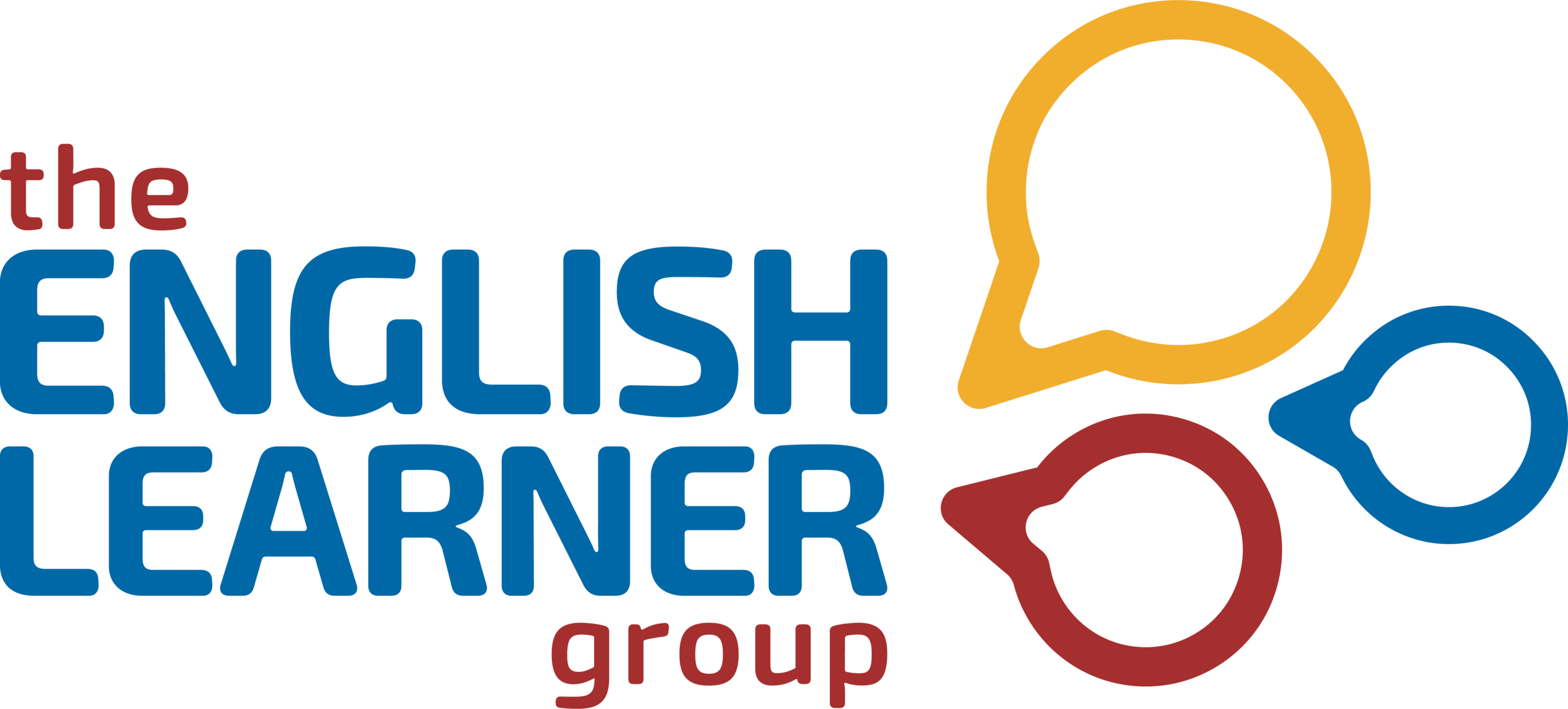Developing Academic Speaking in Secondary Classrooms
In the past decade, there has been a significant amount of anecdotal and scientific research completed in the classroom focused on working with secondary students to develop academic language, so they can fully engage in academic discussions that will promote academic writing in their grade level content instruction.
Through that research and our experience, The English Learner Group believes that the culmination of this effort has resulted in a combination of three essential components in classroom instruction: the physical set-up, support given for student success, and the teacher’s role in accountability. Let’s dive in.
The Physical Set-Up
As Kagan, Kinsella, and others have suggested, teachers need to establish routines and structures for students to more easily and efficiently have these academic conversations. As I have seen in my neighborhood coffee shop, when two friends gather to spend time together, they face each other, they listen to each other, they respond to each others’ comments, etc. (Kinsella). This promotes effective and meaningful interactions. Similar to when people play a board game together, the players are often located around the board facing each other. This physical set up also promotes effective and meaningful engagement. These types of physical environments should be encouraged within the secondary content classroom.
Support Given for Student Success
To ensure students are using the appropriate academic language as they meaningfully interact, teachers need to offer and encourage specific academic vocabulary, sentence starters, and/or sentence frames to ensure that students are actively using the appropriate academic language for the academic content. To support a complete academic response, students should be encouraged to use a sentence starter. This language often is connected to the language function of the task. (Zwiers) For instance, teachers can support students frame academic discussions by asking:
• Are students summarizing?
Examples: The text explains that… The text major points are...
• Are students discussing academically?
Examples: I agree/disagree with…. I understand your point, but ….
• Are students sharing evidence of their claim?
Examples: My claim is supported by… I have inferred my understanding by…
Additionally, there may be specific academic vocabulary that is essential to the content being discussed. For instance, when students are explaining an algebra problem they have just solved, certain mathematical vocabulary should be used in the explanation including integer, positive, negative, variable, etc. (Beck)
The Teacher’s Role in Accountability
One of the most critical components to ensure students are using academic language in the classroom is the teacher’s role in physically and actively monitoring the student interactions once the task of an academic conversation is given. In this process, teachers can affirm student academic language use, refine it in a one-on-one situation, and be sure that all students are actually working at developing and using academic language within content instruction. This monitoring of student interactions can also act as formative assessments for teachers to reflect on the necessary work needed to allow access to academic language use in all students, and provide equity for all students in reaching those language practices.
Giving students, English learners and native English-speaking students the language tools they need as they develop is a part of the secondary academic experience that needs ongoing and consistent practice. To truly master their content, students must also master the language of that content, so they can thoroughly express and understand that content.
Sam Nofziger, Ed. D.
